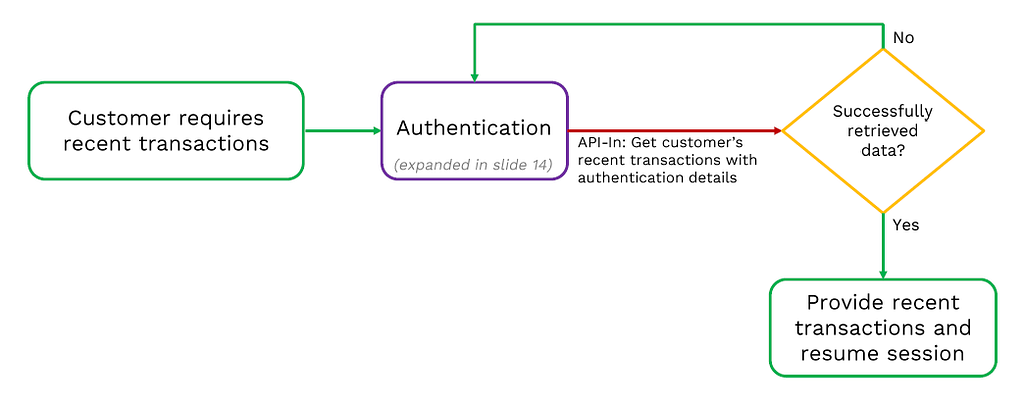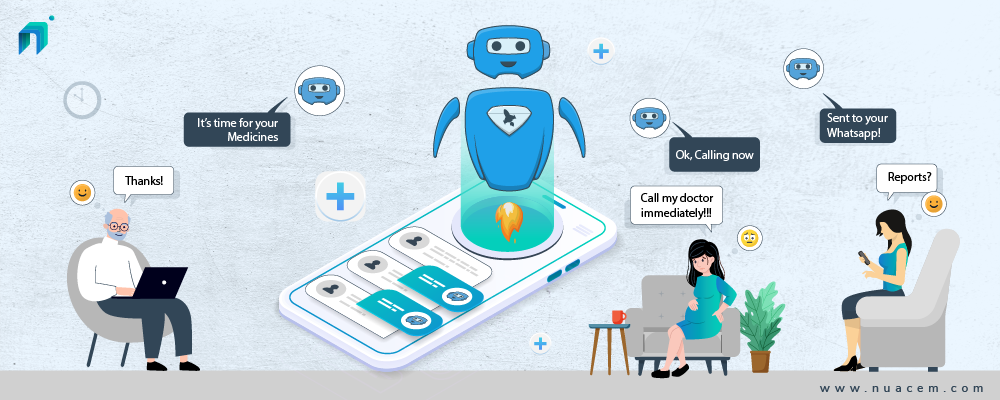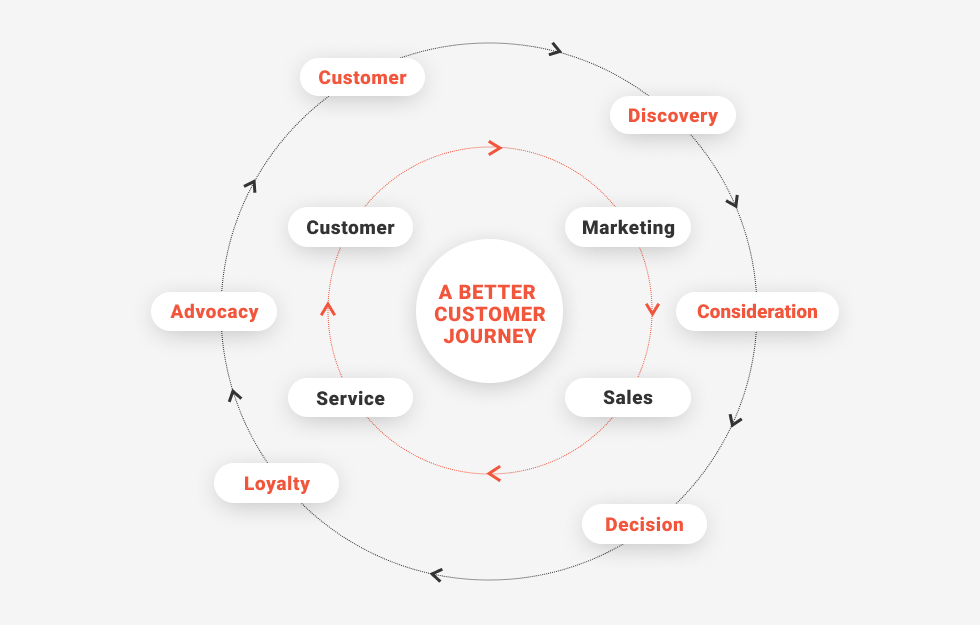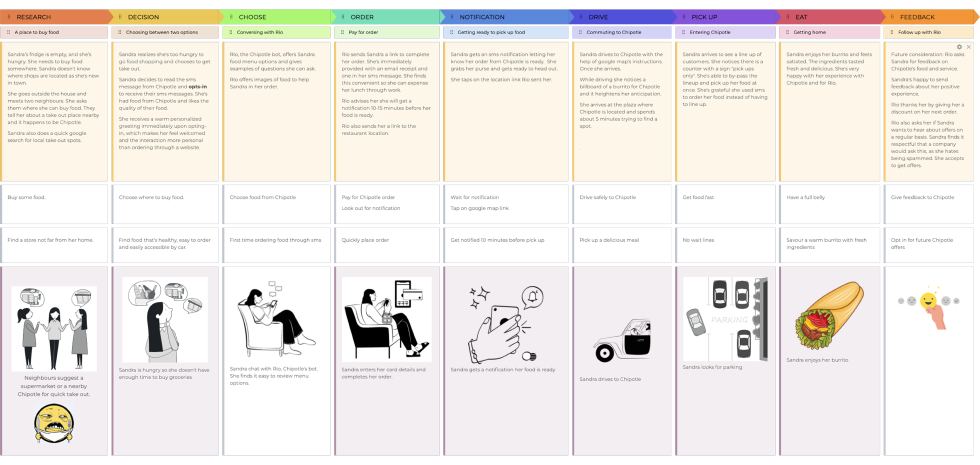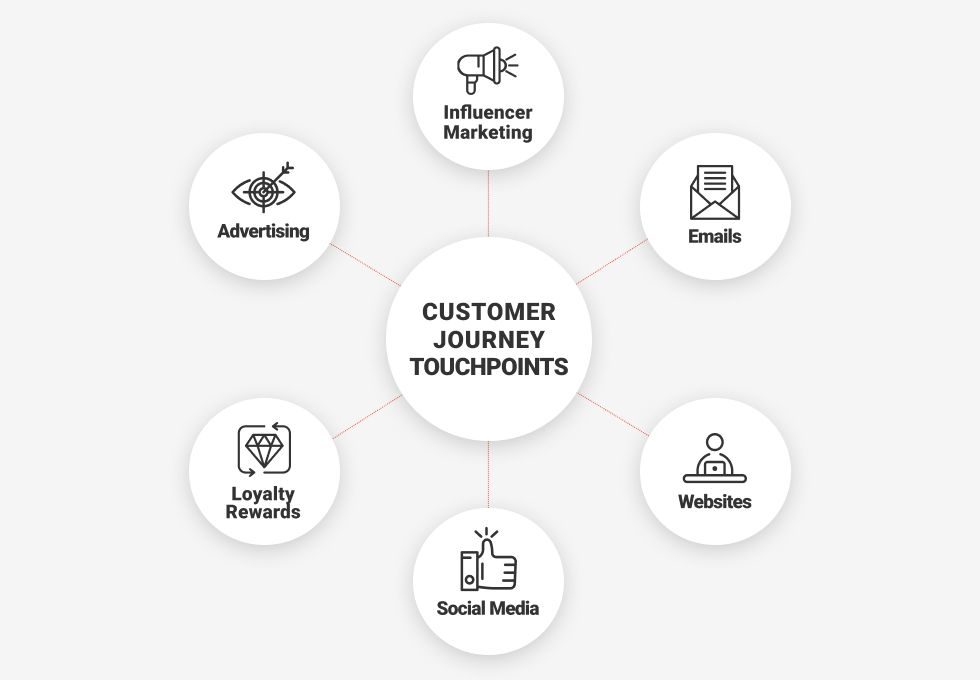What is a Bot?

Bots are automated software program that runs predesigned tasks over the Internet. They are automated which means they run according to the instructions they receive without a human user needing to manually start them every time. Bots imitate humans and replace human behavior.
More than half of all internet traffic can be credited to bots. For some e-commerce stores, bot traffic can be even higher than 90%. Bots scan content, interact with sites and social media accounts, or chat with users.
Bots are typically networked; bots account for more than half of Internet traffic, reading material, interacting with webpages, conversing with people, and searching for attack targets.
Some bots, such as search engine bots that index content for search or customer service bots that assist users are valuable.
Other bots are “evil,” and they’re programmed to hack into user accounts, search the web for contact information to send spam, or do other destructive things.

Types Of Bots –
- Chatbots: These bots are typically used to strengthen a company’s customer care department. A chatbot is an artificial intelligence (AI) software that can imitate a natural language discussion (or chat) with a user via messaging apps, websites, mobile apps, or the telephone. A chatbot is often described as one of the most advanced and promising forms of human-machine interaction.
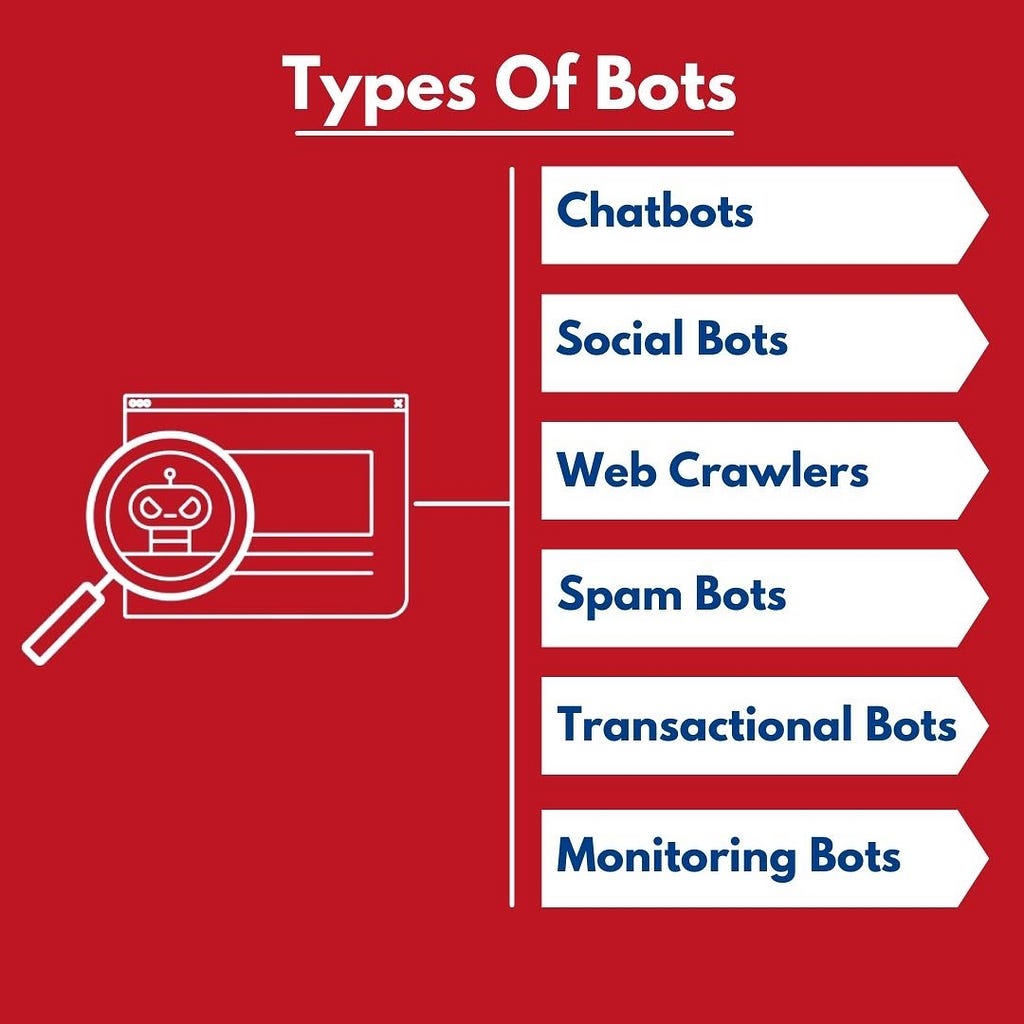
- Social Bots: These bots are used on social media platforms for a range of tasks, including account creation and increasing the number of followers for specific accounts. For example, they’re designed to respond to certain words and phrases in social media posts automatically, either by reposting the messages or replying to them all at once. As a result, they can be used to influence public opinion and promote a particular point of view. On Twitter, such bots are widely used.
- Web Crawlers/ Spider Bots: The friendly spider bots crawl the web for indexing and retrieval of web material by following hyperlinks. They’re designed to run in the background and continuously fetch data from websites and APIs. The Google Bot is the best example of a spider bot, as it crawls the web to make content search simple and convenient.
- Spam Bots: A spambot is a computer application that sends spam emails in enormous quantities automatically. It gathers email addresses from a variety of online sources automatically. A spambot compiles mailing lists and sends junk mail, often known as spam, using the vast number of email addresses obtained.
- Transactional Bots: Transactional bots allow customers to complete a transaction while conversing.
- Monitoring Bots: This type of bot is used to monitor the health of a website or system. Downdetector.com is an example of an independent site that provides real-time status information, including outages, of websites and other kinds of services.
Trending Bot Articles:
2. Automated vs Live Chats: What will the Future of Customer Service Look Like?
4. Chatbot Vs. Intelligent Virtual Assistant — What’s the difference & Why Care?
Advantages Of Bot
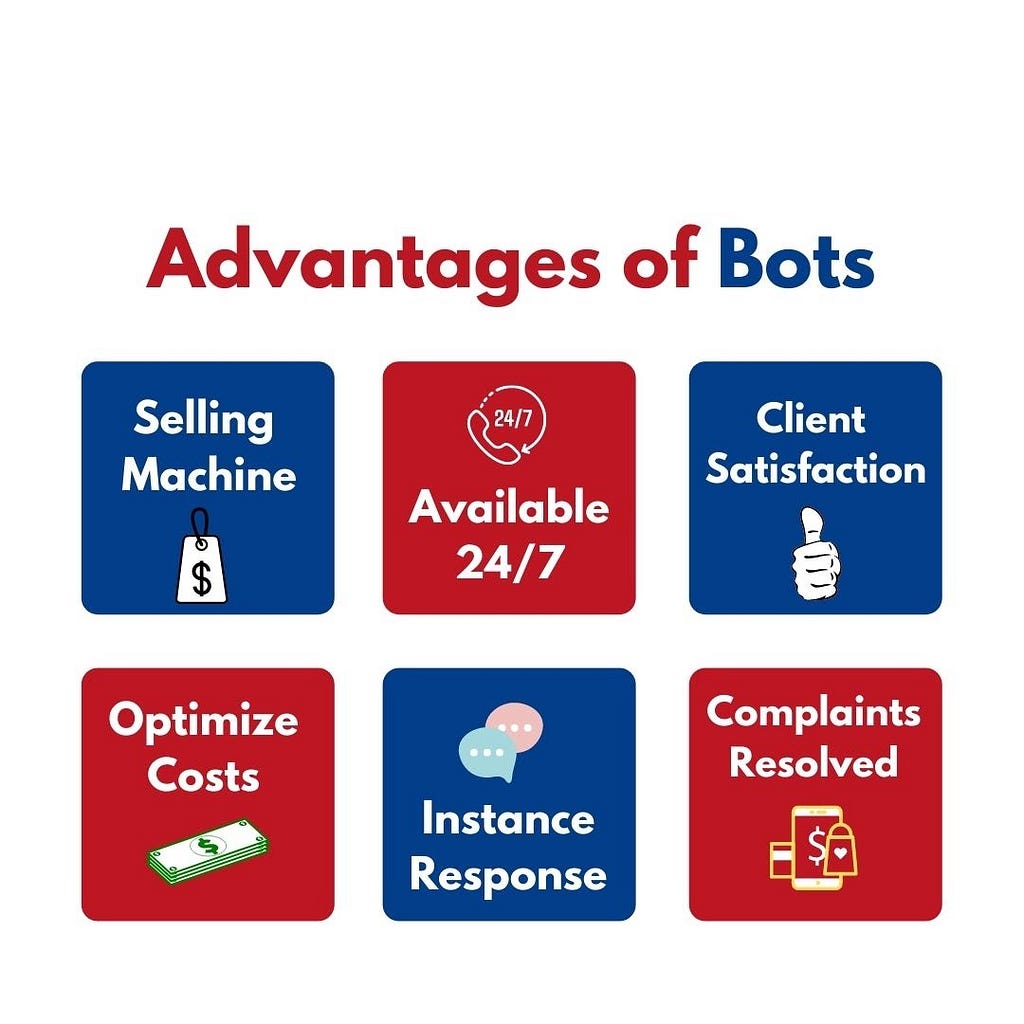
- Bots help you in getting to know your customers: Conversational bots can help you learn even more about your customers. They assist you in determining their queries and requirements, as well as the items or services that they are interested in, and in making strategic decisions to improve the experience.
- Bots are a selling machine: Your bot could be the ideal partner for promoting new products and sending proactive alerts. They can also provide rapid support to your prospective customers, speeding up the decision-making process.
- Customer service at any time: One of the most significant advantages is that bots are available to assist customers 24/7. Additionally, they react to every question promptly. This ensures that no matter what time of day it is, your audience will always be able to solve their concerns.
- Improves client satisfaction: People are all diverse, and their communication styles are as well. As a result, it’s important to respond to each query with the proper and empathic response.
How businesses can use Bots?
People nowadays prefer messaging as compared to other forms of communication. The vast majority of individuals want to engage with a company via messaging. That’s when understanding how to create a business bot comes into use. Bots enable businesses to engage with customers automatically using chat applications, SMS, and text. Messenger bots have a high open-rate and are effective at converting clients without being annoying.
Using a marketing bot for your company will certainly result in a higher return on investment. Facebook Messenger is the most popular chat app used in the United States.
Determine a purpose for using Messenger bots in your business, such as increasing engagement, discovering leads, or generating sales. Then write personal bot copy that educates and entertains users throughout the user experience.
How do bots work?
Bots, in most cases, operate across a network. Bots that can speak with one another will do so through internet-based services such as instant messaging, Twitterbots interfaces, or Internet Relay Chat (IRC).
Bots are made up of algorithms that assist them in doing their tasks.
Examples and uses of bots:
- Facebook Messenger, WhatsApp, Slack, and Telegram are a few examples of Instant Messaging apps that use chatbots.
- Google Assistant and Siri are examples of chatbots.
- The World Health Organization created a WhatsApp bot to provide public information about the coronavirus outbreak.
- To promote their show Genius, National Geographic created a talking software that purportedly spoke like Albert Einstein.
- Users can use Facebook Messenger to search and share tunes on Spotify.
Consumers now expect firms to have some kind of automated channel so that they can talk to 24/7.
The modern consumer does not want to be put on hold or wait for a callback. Customers want to interact with your brand when they need it, not when you’re available or ready to reply. Adopting a bot-building strategy as a business today makes sense.
So what are you waiting for? You can Contact Us if you need any help! We’re always there to help you 🙂
Don’t forget to give us your 👏 !




Everything you need to know about Bots was originally published in Chatbots Life on Medium, where people are continuing the conversation by highlighting and responding to this story.



